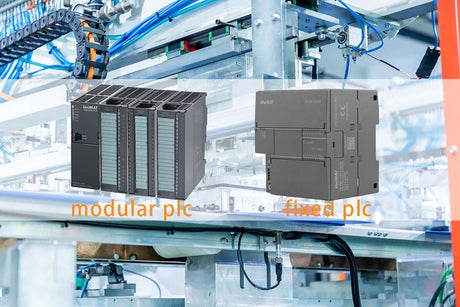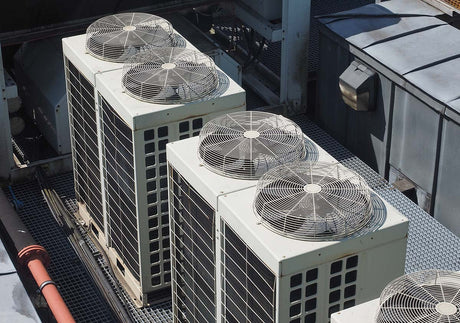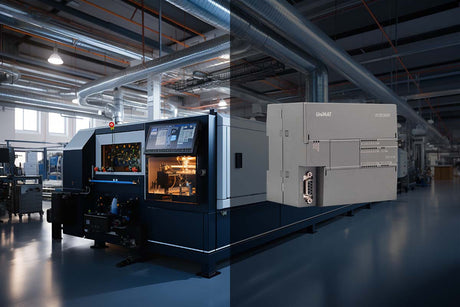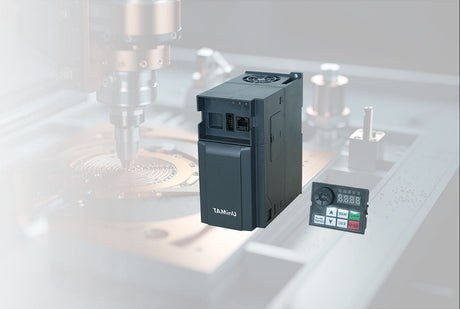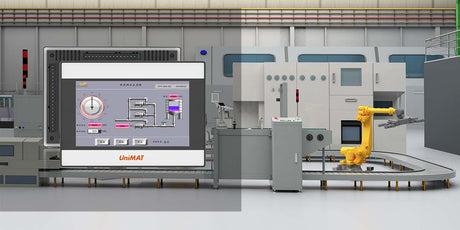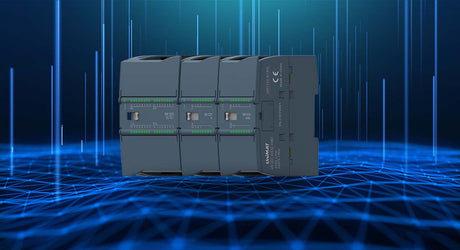
What Are the Input and Output Modules of PLC?
By UniMAT
Programmable Logic Controllers(PLCs)are essential in industrial automation,acting as the brain behind control systems.At the heart of every PLC are the PLC input module and PLC output module,which handle communication between...



